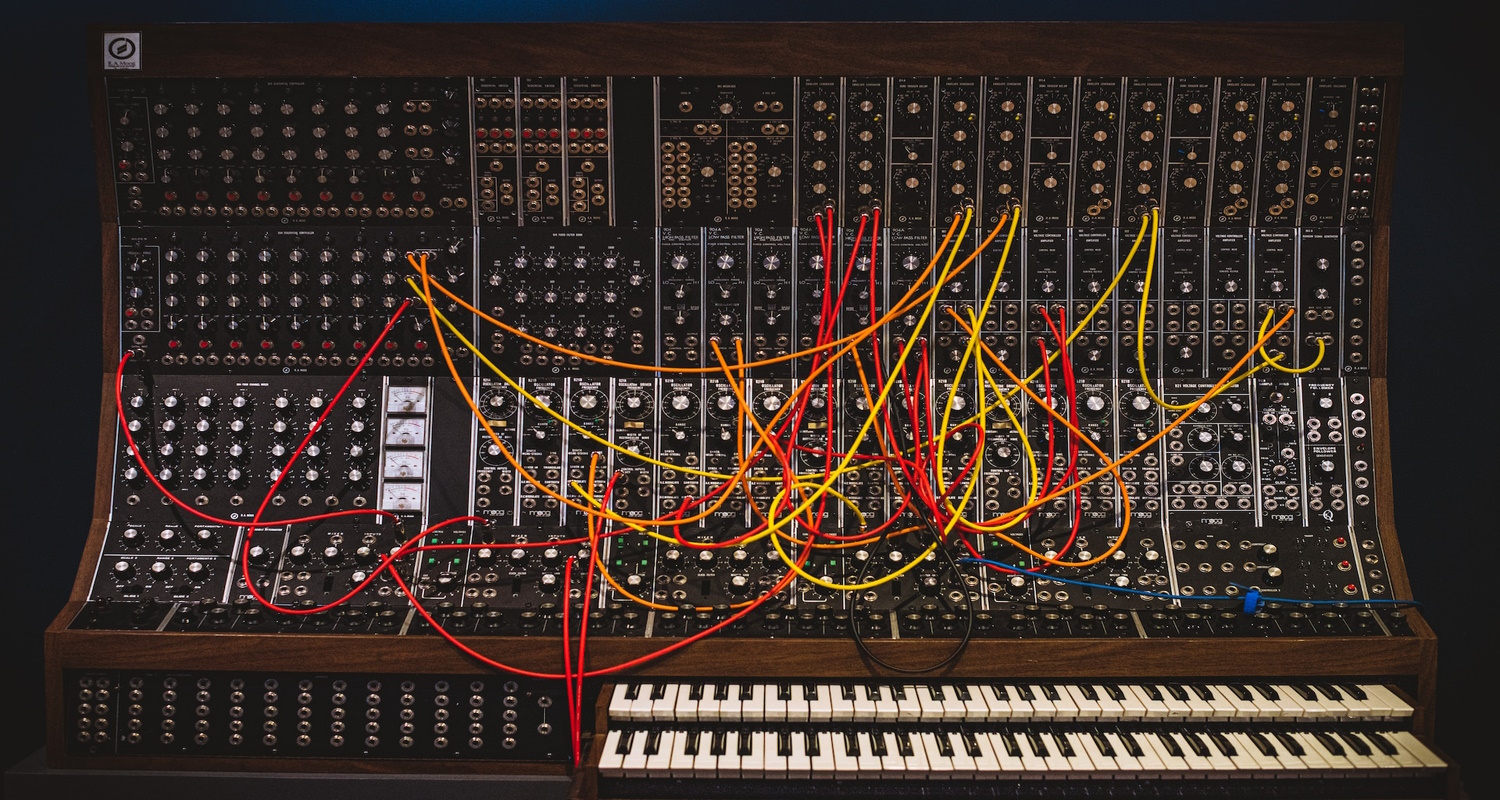Sound is the result of a disturbance in an elastic, compressed medium such as air or water. The disturbance is caused by some source of energy that causes matter to move in an oscillating pattern expressed as waves. If we describe how many waves are radiated per second, we’re talking about frequency. To talk about the relative power of various sound waves we need to talk about sound pressure.
How is sound pressure measured?
Sound pressure levels are a way of describing the strength of a sonic event, usually given in decibels and abbreviated as dB. Decibels are a rather strange unit of measurement for the following reason: They are a relative standard meant to compare one sound to another. The standard for describing the absolute value of sound pressure is actually a much less well known unit called the pascal and is derived from one newton (1 N) of force applied over an area of one square meter (1 m2).
The softest sound a person can typically perceive – also known as the threshold of human hearing – is approximately 0.00002 pascal or 20 micro pascal (μPa) – really an incredibly small disturbance of air pressure, which goes to show how sensitive the human is designed to be. The sound made by a chainsaw, on the other hand, is approximately 20 pascal. The difference between 0.00002 and 20 pascal corresponds to a factor of 1 to 1 million – that’s a lot of decimal places! Imagine what a graph would look like that sought to chart this difference. Since representing this enormous range is so impractical, an algorithmic scale is used.
Human hearing can distinguish between the finest differences in sound pressure levels
The decibel scale was developed to deal with the gigantic range of sounds our ears can perceive from the softest whispers to the loudest scream of a jet engine. This is because decibels are a logarithmic way of describing the ratio between two sounds.
The sound of soft breathing is caused by a sound wave that is approximately 10 times stronger than the threshold of hearing (0 dB) and is expressed as 10 dB. A gun shot is about 140 times more powerful than 0dB and so is expressed as 140 dB. A few more examples: A normal conversation at a distance of one meter is about 60 dB. A concert can reach levels around 120 dB – well above the danger threshold of 85 dB. Prolonged exposure to sound above this range can lead to permanent hearing damage.
These numbers don’t seem so far apart, but remember: A difference of just 10 dB doubles the perceived volume and differences of just 3 decibels can be easily perceived by most people. In hi-fi amplifiers, it’s common for an in-built switch to ensure the even reproduction of all frequencies. This is because hi-fi manufacturers know that any differences in sound pressure levels among the various frequencies can very easily be detected by the human ear.
The importance of sound pressure for home cinemas and hi-fi systems
Decibels are handy because they allow us to depict differences in sound pressure levels with just three digits. For instance, the absolute softest sound that a human ear can detect, or 0.00002 pascal is represented as 0 dB and a supersonic aircraft that produces one of the loudest sounds on earth is just 150 dB. Because of the human scale that is used, decibels make it possible to quickly and easily gauge the sound pressure levels a system is capable of by just glancing at the technical data. The relevant number is usually given as the system’s “sensitivity,” or how much of the system’s power is actually used to create sound. To ascertain this value, a microphone is placed one meter from the loudspeaker which is then fed one watt of power. The higher the number of decibels, the more efficient the speaker.
When it comes to hi-fi and home cinema systems, one also speaks of sound intensity, or sound pressure per unit area, usually given as watts/m². This measurement does not simply provide a value for the power of the sound, but rather the power of the sound with respect to area. As the sound radiates from the source (the speakers, in this case), measuring the changes in sound wave intensity per distance traveled will tell us how loud the sound is at certain distances from the source. This can be helpful when calculating how far one can safely sit away from the speakers running at full power.
Matching your system’s sound pressure levels to the room
Many high-end systems today use an integrated microphone that transforms sound from the loudspeakers back into electrical energy. This enables the system to gather information about the listening room and allows it to adjust the sound accordingly. When selecting a system, one should generally abide by the following the general rule: “The bigger the room, the more high-performance the system needs to be.” Of course, factors other than room size are also important. The placement of the loudspeakers relative to the walls and the presence of slanting walls, for instance, will influence how the sound is radiated from the source to the listening position. These factors need to be taken into consideration when calibrating the system.
Title picutre: Jet breaking the sound barrier: This picture was taken by a sailor in the US Navy. It was released with no known limitations imposed by copyright, including any intellectural property rights.
Title picture: Jan van Kessel the Elder [Public domain], via Wikimedia Commons




